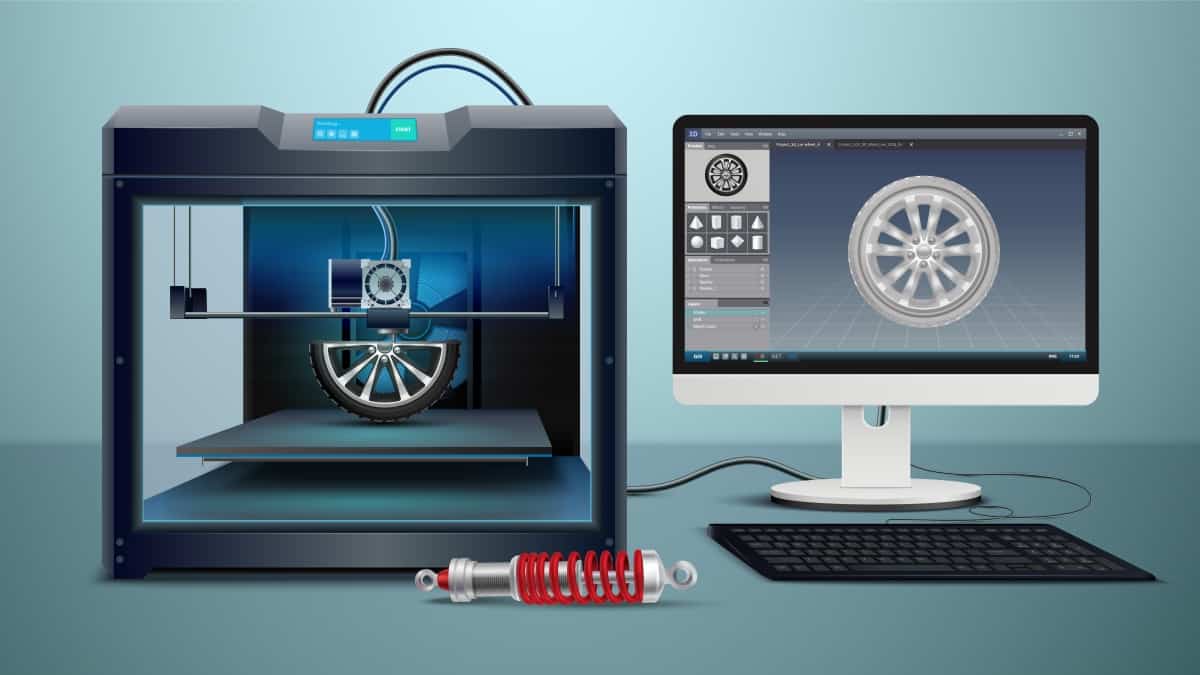Researchers from Penn State have develop a highly sensitive process to identify 3D-printing errors using machine learning
More from the News
Additive manufacturing, often known as 3D printing, is capable of producing unique parts for electromagnetic devices on-demand and at a cheap cost. These gadgets are extremely sensitive, and each component must be precisely manufactured. However, until recently, the only option to identify printing issues was to build, measure, and test a device or utilize in-line simulation, both of which are computationally expensive and wasteful.
To address this, a Penn State-led research team developed a first-of-its-kind system for identifying printing problems in real time using machine learning. This system, which was published in Additive Manufacturing, is described by the researchers as a key first step toward resolving 3D-printing errors in real time. According to the researchers, this might significantly improve the efficiency of printing for sensitive devices in terms of time, cost, and computing bandwidth.
“There are many things that may go wrong during the additive manufacturing process for any component,” said Greg Huff, associate professor of electrical engineering at Penn State. “And in the domain of electromagnetics, where dimensions are based on wavelengths rather than standard units of measurement, even minor flaws can lead to large-scale system failures or impaired performance. If 3D printing a household object is like tuning a tuba (which can be done with broad changes), 3D-printing devices that operate in the electromagnetic domain are like tuning a violin (little adjustments are necessary).”
Previously, the researchers linked cameras to printer heads, collecting a picture every time something was printed. While it was not the major goal of the experiment, the researchers eventually compiled a dataset that they could use with an algorithm to categorize different sorts of printing problems.
“Generating the dataset and determining what information the neural network required was at the heart of this research,” said first author Deanna Sessions, who earned her doctorate in electrical engineering from Penn State in 2021 and now works as a contractor for the Air Force Research Laboratory for UES Inc. “We’re using this data – derived from low-cost optical pictures – to anticipate electromagnetic performance without the need for simulations throughout the production process. We can tell whether a certain aspect will be an issue if we have photographs. We already had those photos, so we decided to investigate whether we could train a neural network to (detect the defects that cause performance difficulties). And we discovered that we could.”
When the framework is applied to a print, it may detect problems as they occur. With the ability to identify the electromagnetic performance impact of faults in real time, the idea of rectifying errors during the printing process is much closer to being a reality. The 3D-printing errors can be resolved effectively.
“As this process is developed, it may begin to provide that sort of feedback control that says, ‘The widget is starting to look like this, so I made this other modification to allow it to operate,’ so we can keep utilizing it,” Huff explained.
Venkatesh Meenakshisundaram of UES Inc. and the Air Force Research Laboratory; Andrew Gillman and Philip Buskohl of the Air Force Research Laboratory; Alexander Cook of NextFlex; and Kazuko Fuchi of the University of Dayton Research Institute and the Air Force Research Laboratory were the other authors of the paper.
Funding was provided by the U.S. Air Force Office of Scientific Research and the U.S. Air Force Research Laboratory Minority Leadership Program
Subscribe to AM Chronicle Newsletter to stay connected: https://bit.ly/3fBZ1mP
Follow us on LinkedIn: https://bit.ly/3IjhrFq
Visit for more interesting content on additive manufacturing: https://amchronicle.com/


